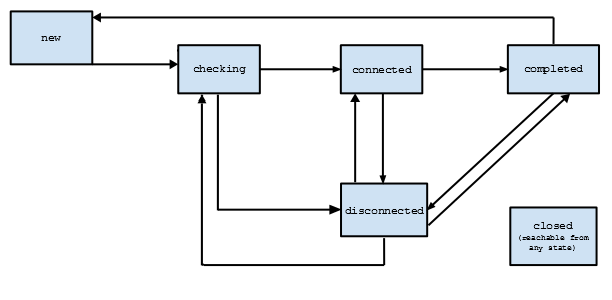Overview
Object RealTime Communications (ORTC) provides a powerful API for the development of WebRTC based applications. ORTC does not mandate a media signaling protocol or format (as the current WebRTC 1.0 does by mandating SDP Offer/Answer). Instead, ORTC focuses on "sender", "receiver" and "transport" objects, which have "capabilities" describing what they are capable of doing, as well as "parameters" which define what they are configured to do. "Tracks" and "data channels" are sent over the transports, between senders and receivers.
This specification defines several objects: RTCDtlsTransport (Section 2), RTCIceTransport (Section 3), RTCIceListener (Section 4), RTCRtpSender (Section 5), RTCRtpReceiver (Section 6), RTCRtpListener (Section 7), RTCDtmfSender (Section 9), RTCDataChannel (Section 10), and RTCSctpTransport (Section 11). RTP dictionaries are described in Section 8, and the Statistics API is described in Section 12.
In a Javascript application utilizing the ORTC API, the relationship between the application and the objects, as well as between the objects themselves is shown below. Horizontal or slanted arrows denote the flow of media or data, whereas vertical arrows denote interactions via methods and events.

Terminology
The EventHandler
interface represents a callback used for event handlers as defined in
[[!HTML5]].
The concepts queue a task and fires a simple event are defined in [[!HTML5]].
The terms event, event handlers and event handler event types are defined in [[!HTML5]].
The terms MediaStream, MediaStreamTrack, Constraints, and Consumer are defined in [[!GETUSERMEDIA]].
The terms single-session transmission (SST) and multi-session transmission (MST) are defined in [[!RFC6190]]. While this specification supports SST but not MST, multiple streams may be utilized within a single RTP session.
